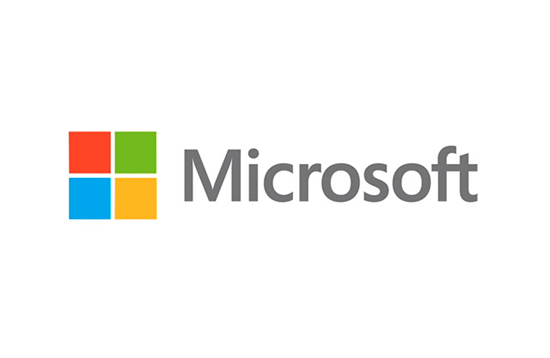Kaspersky’s Top 10 Computer Vulnerabilities Includes Not a Single One From Microsoft
Microsoft typically gets a bad rap from the security community. To be fair, the company’s history hasn’t exactly been full of reasons for folks to think that they’re terribly secure, but perhaps that’s all about to change. Kaspersky Lab, one of the major worldwide IT security companies, just released their IT Threat Evolution report for the third quarter, and Microsoft’s managed to not be included at all in the top 10 products with vulnerabilities. Seriously.
Unfortunately, the same can’t be said for Oracle and Adobe. Though the number of appearances by Adobe dwarfs the rest of those included in the top 10, Oracle’s taken both the gold and silver this time for Java vulnerabilities. Here’s the list from 1 to 10, with links to the corresponding descriptions, according to Kaspersky’s report:
- Oracle Java Multiple Vulnerabilities
- Oracle Java Three Vulnerabilities
- Adobe Flash Player Multiple Vulnerabilities
- Adobe Flash Player Multiple Vulnerabilities
- Adobe Reader/Acrobat Multiple Vulnerabilities
- Apple QuickTime Multiple Vulnerabilities
- Apple iTunes Multiple Vulnerabilities
- Winamp AVI / IT File Processing Vulnerabilities
- Adobe Shockwave Player Multiple Vulnerabilities
- Adobe Flash Player Multiple Vulnerabilities
Kaspersky’s list was compiled from the vulnerabilities found in all the computers within the Kaspersky Security Network, with the first Java one being found in 35% of them. The reason Microsoft doesn’t appear at all is given at the very bottom of the report:
Microsoft products no longer feature among the Top 10 products with vulnerabilities. This is because the automatic updates mechanism has now been well developed in recent versions of Windows OS.
Essentially, Microsoft’s so on the ball that there aren’t any major occurrences of their vulnerabilities these days. That’s a pretty massive change from ten years ago when all anyone could talk about was Microsoft’s security blunders.
(IT Threat Evolution: Q3 2012 via The Next Web)
- Oprah’s made the Microsoft Surface one of her favorite things
- People chose Bing results nearly 2 to 1 over Google
- Google becomes world’s second largest tech company
Have a tip we should know? [email protected]
